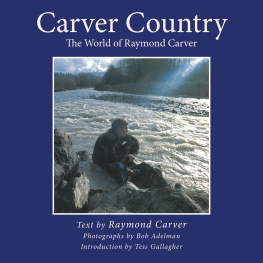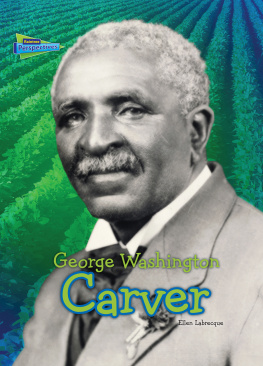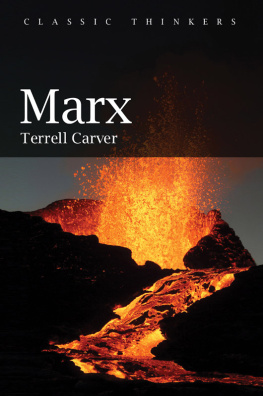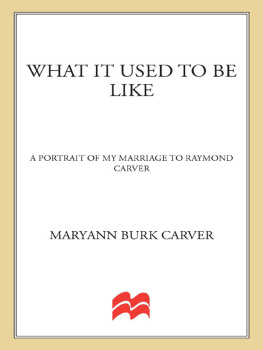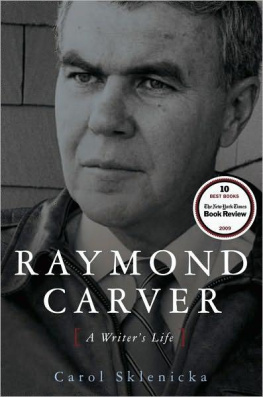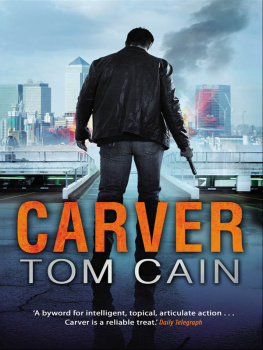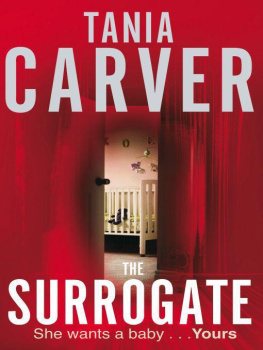Fifteen hundred
copies of the
Collector's Edition of
Carver
Country
have been specially
printed on 100 gsm
Chinese Yulong Cream
paper. Each copy has a
ribbon marker, decorative
endpapers, and is bound
in wibalin with gilt
stamping on the
cover and spine.

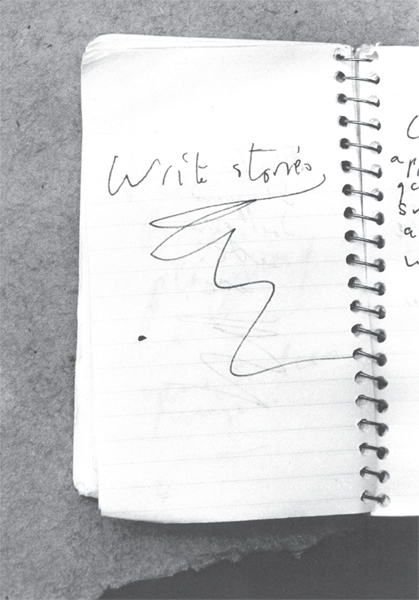
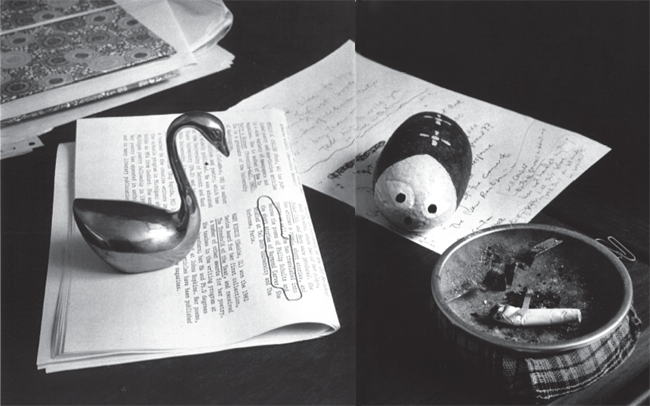
Carver
Country
The World of Raymond Carver
Raymond Carver
Photography by Bob Adelman
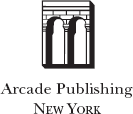
Copyright 1990, 2011 by Bob Adelman and Tess Gallagher
All Rights Reserved. No part of this book may be reproduced in any manner without the express written consent of the publisher, except in the case of brief excerpts in critical reviews or articles. All inquiries should be addressed to Arcade Publishing, 307 West 36th Street, 11th Floor, New York, NY 10018.
Arcade Publishing books may be purchased in bulk at special discounts for sales promotion, corporate gifts, fund-raising, or educational purposes. Special editions can also be created to specifications. For details, contact the Special Sales Department, Arcade Publishing, 307 West 36th Street, 11th Floor, New York, NY 10018 or info@skyhorsepublishing.com.
Arcade Publishing is a registered trademark of Skyhorse Publishing, Inc., a Delaware corporation.
Visit our website at www.arcadepub.com.
10 9 8 7 6 5 4 3 2 1
Library of Congress Cataloging-in-Publication Data is available on file.
ISBN: 978-1-61145-309-6
Printed in China
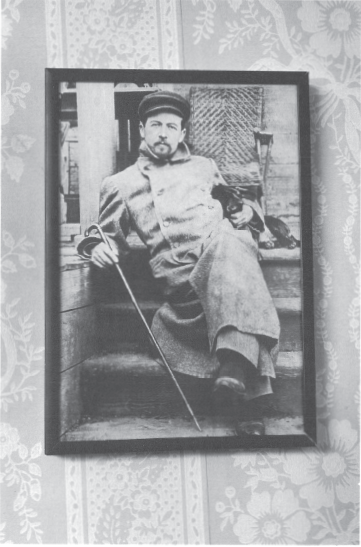
The publishers gratefully acknowledge the permission granted to them to reprint selections from the works of Raymond Carver. The Car and The Phone Booth are from Ultramarine. Copyright 1986 by Raymond Carver. Reprinted by permission of Random House, Inc. My Boat, Where Water Comes Together With Other Water, Elk Camp, To My Daughter, For Tess, and In a Marine Light Near Sequim, Washington are from Where Water Comes Together With Other Water. Copyright 1984, 1985 by Raymond Carver. Reprinted by permission of Random House, Inc. Specified excerpts from Feathers, Cathedral, Where I'm Calling From, Vitamins, and Chefs House are from Cathedral, Copyright 1981, 1982,1983 by Raymond Carver. Reprinted by permission of Alfred A. Knopf, Inc. Feathers first appeared in The Atlantic Monthly.Cathedral Chefs House, and Where I'm Calling From first appeared in The New Yorker.Vitamins first appeared in Esquire. Specified excerpts from Boxes and Menudo are from Where I'm Calling From. Copyright 1986, 1987,1988 by Raymond Carver. Reprinted by permission of Atlantic Monthly Press. Boxes first appeared in The New Yorker.The Kitchen, Miracle, Hummingbird, After-glow, Gravy, and Late Fragment are from A New Path to the Waterfall. Copyright 1990 by the Estate of Raymond Carver. Reprinted by permission of Atlantic Monthly Press. After-glow and Gravy first appeared in The New Yorker.Lines of Reference is from The Paris Review, Volume 25, Number 88, Summer 1985. Copyright 1983 by The Paris Review, Inc. Excerpts from My Father's Life copyright 1984 by Raymond Carver. My Father's Life first appeared in Esquire.Bobber, Bankruptcy, and Distance are from Fires: Essays, Poems, Stories. Copyright 1983 by Raymond Carver. Reprinted by permission of Capra Press, Santa Barbara. Excerpts from Nobody Said Anything, Signals, They're Not Your Husband, and Will You Please Be Quiet, Please? are from Will You Please Be Quiet, Please?. Copyright 1976 by Raymond Carver. Reprinted by permission of McGraw-Hill, Inc. Excerpts from Gazebo are from What We Talk About When We Talk About Love. Copyright 1981 by Raymond Carver. Reprinted by permission of Alfred A. Knopf, Inc.
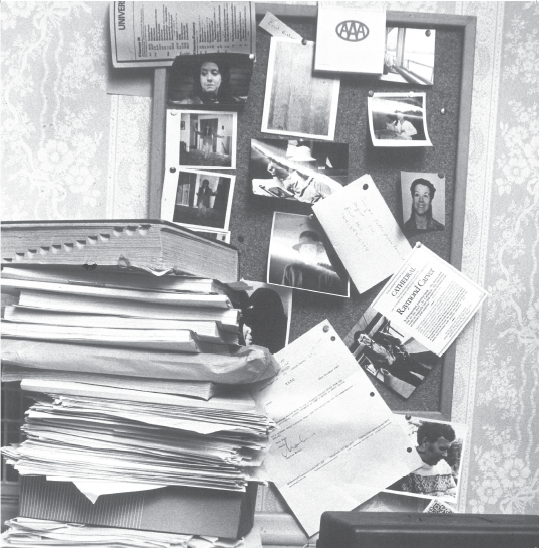
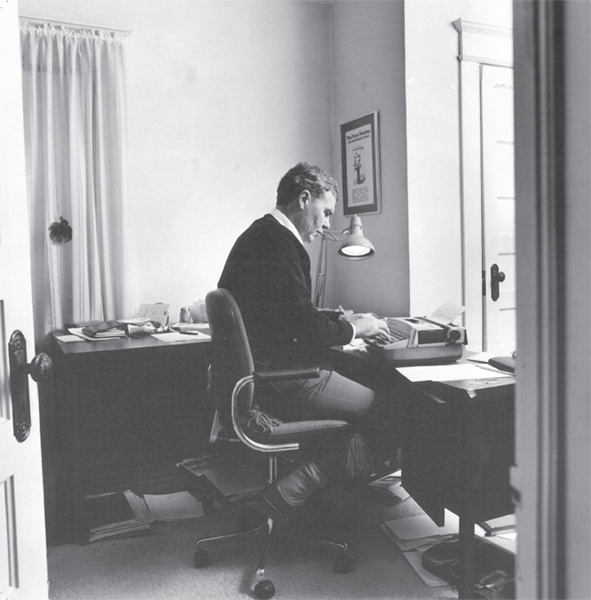
CONTENTS
Carver Country
by Tess Gallagher
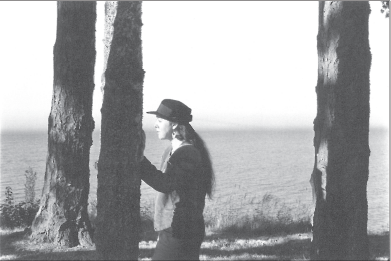
Tess Gallagher, Port Angeles, Washington. (1989)
A s Bob Adelman and I set to work on this book I was aware that I felt somewhat baffled as to how to regard the coining of the term Carver Country as it relates to Ray's work and life. It seemed at once integral and antagonistic to our project. That is, I mistrusted the catchiness of its ready-made, haiku-like smugness, and its seeming assumption that we might be able to locate the qualities of Raymond Carver's world by simply pointing to physical landscapes out of his past or to the kinds of people who had appeared in his stories. Nonetheless, the term became a helpful clue to certain tangible aspects we wanted to define in Ray's work and, with its limitations in sight, it seemed possible to use it in an exploratory, even an inspirational, way.
The book gradually began to evolve so that it became more than a collection of photographs positioned against passages of Ray's work. It became a story, both of Ray's life as a writer and a man, and also of our lives together as writers, lovers, and helpmates. We decided to add selections from Ray's letters, as well as photographs of his drafts and notebooks, those totemic items he kept on his desk, and photographs of people important to Ray's life.
Finally, as we worked on the book it began to occur to me that Carver Country was, in fact, an amalgam of feelings and psychic realities which had existed in America, of course, even before Ray began to write about them. But because of his writing we began to give these feelings and patterns more credibility. This elusive interior had to be carried in the tonalities of the photographs, in the informal, possibly even furtive, moments of Bob Adelman's artistry. A current of benign menace seemed to pervade Ray's fictionalized world at its inception, and would have to be a strong element in defining the invented territory we are calling Carver Country.
Ray's stories carry their own particular brand of tensionwhat William Stull, one of the most knowledgeable writers on Ray's work, termed a purgatorial intensity. Critics have described this ominous quality variously. Marc Chenetier's phrase is a motherlode of threat. Michael Koepf writes that although there is a Chekhovian clarity to Ray's stories, there is a Kafkaesque sense that something is terribly wrong behind the scenes. It is this Kafkaesque quality, combined with the quotidian reality, which I feel Bob Adelman's photographs capture most palpably.
The later expansive, more inclusive and generous aspects of Ray's development have been represented perhaps best in the story aspect of our bookits movement from early life, through his recovery from alcoholism to our marriage and his final days. Bob has approached Ray's writing and life at its most affecting point for his artistic vision, a fact that meant he has focused somewhat more on Ray's early life. This emphasis was also occasioned by a letter Ray wrote to Bob early on in their discussion about the project.
Next page
